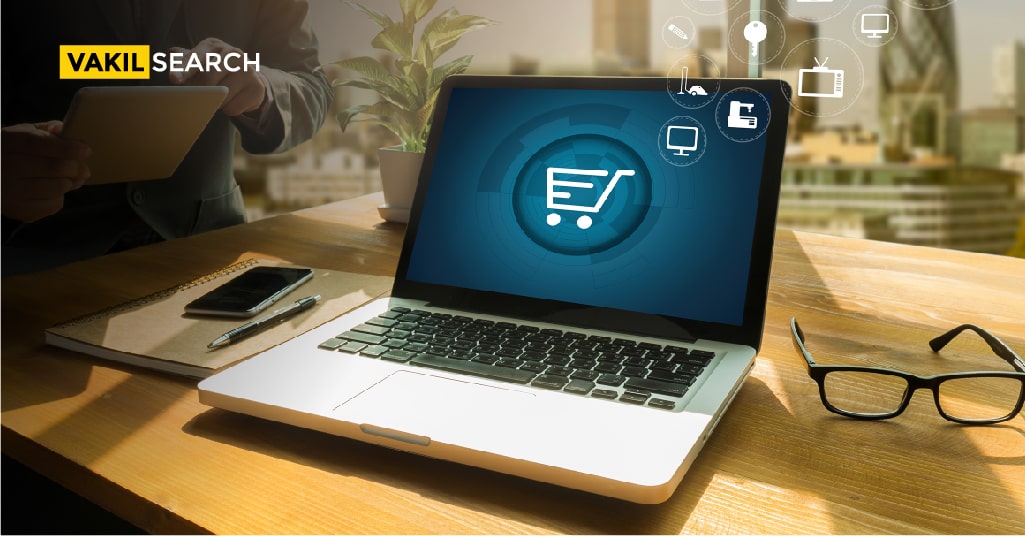Nowadays, people prefer to purchase products and services online rather than make physical trips to stores. Also, many businesses and startups have started offering services on the digital platform. Websites, especially ones that trade in products or services which may be bought online, need an online payment facility to allow customers to complete transactions successfully. What are the steps involved in choosing and integrating a suitable payment gateway? You'll find everything you need to know about adding a payment gateway to your website here.
Nowadays, people prefer to purchase products and services online rather than make physical trips to stores. Also, many businesses and startups have started offering services on the digital platform. Websites, especially ones that trade in products or services that may be bought online, need an online payment facility to allow customers to complete transactions successfully. Payment gateway play a crucial role in authorizing and approving transactions without the necessity for physical contact. The system ensures a safe and secure environment for online sales through robust encryption.
But What Exactly is a Payment Gateway?
A payment gateway is an external service provider that establishes a connection between a webpage and a bank, enabling customers to make online purchases seamlessly. It eliminates the need for customers to leave the comfort of their surroundings when making transactions, making it a valuable tool for a range of entities, from e-commerce websites to charitable organizations seeking donations.
Renowned international payment portals, such as PayPal, Stripe, Google Checkout, and MasterCard, facilitate such transactions.
How do Payment Gateways work?
A payment gateway is an external service provider that establishes a connection between a webpage and a bank, enabling customers to make online purchases seamlessly. It eliminates the need for customers to leave the comfort of their surroundings when making transactions, making it a valuable tool for a range of entities, from e-commerce websites to charitable organizations seeking donations. Renowned international payment portals, such as PayPal, Stripe, Google Checkout, and MasterCard, facilitate these transactions.
How do Payment Gateways Work?
When online payments are made using a card, the card details are encrypted to safeguard them, preventing unauthorized access to the card information or user-inputted data. The transaction process involves several backend communications for the approval and processing of funds, such as:
- Order Confirmation: The initial step confirming the purchase order.
- Card Information Procurement: Secure retrieval of card details for processing.
- Data Encryption: Ensuring the encryption of sensitive information.
- Information Exchange to Card Dealers: Communicating transaction details to card companies for evaluation.
- Transaction Evaluation: Assessing the transaction for approval or denial.
- Status Updation: Updating the status of the transaction.
- Merchant’s Evaluation and Approval: Evaluating the merchant’s legitimacy and granting approval.
- Payment Debit Notice to Card Company: Notifying the card company of the payment debit.
- Payment Credit to the Bank: Transferring the payment credit to the bank.
- Bank’s Confirmation: Confirming the payment with the bank.
This intricate process ensures seamless and secure execution of online transactions, providing customers and merchants alike with confidence in the payment gateway system.
Documents Required
Before integrating a payment gateway, the company or website must follow a series of steps, including business incorporation and documentation. The incorporation process involves choosing between a Private Limited Company or a Limited Liability Partnership based on factors like capital investment and the intention to add equity partners. Both options provide liability protection and transferability benefits.
Once the incorporation is complete, the founders must produce the following documents:
For both Private Limited Companies and Public Limited Companies:
- Certificate of Incorporation.
- Memorandum of Association for the company.
- Articles of Association of the company.
- License.
For Limited Liability Partnership (LLP):
- Partnership Deed.
- PAN Card issued in the name of the partnership.
After obtaining these documents, the partnership can open a new bank account in the business’s name. Once the account is functional, founders can proceed to apply for a payment portal, linking it to their official bank account.
Selecting the Right Gateway:
Choosing the right payment gateway provider is a critical step. Factors such as extra fees, transaction charges, and additional features offered must be considered. Popular gateway service providers in India include CCAvenue, PayU, DirectPay, and EBS.
The integration process involves submitting an application form and necessary documents to the chosen service provider. The approval process may take around a week. After approval, test gateways must be created and tested for compatibility.
The company’s lawyer should draft a Website Terms and Conditions Policy and Privacy Policy to comply with IT regulations. Updated product prices should be available online on the company’s e-commerce listing. Once the analysis is successful, the service provider can go live with the payment gateway, enabling transaction processing.
Conclusion:
The growing trend in online financial transactions underscores the importance of having a payment portal for e-commerce websites. Following the legal and secure integration steps outlined above ensures that websites can benefit from increased sales and satisfied customers.
As online transactions are projected to exceed US$14.78tn by 2027, having a reliable payment gateway becomes an essential component of any successful e-commerce venture.
For assistance, reach out to the experts at Vakilsearch right away!
Read more,










